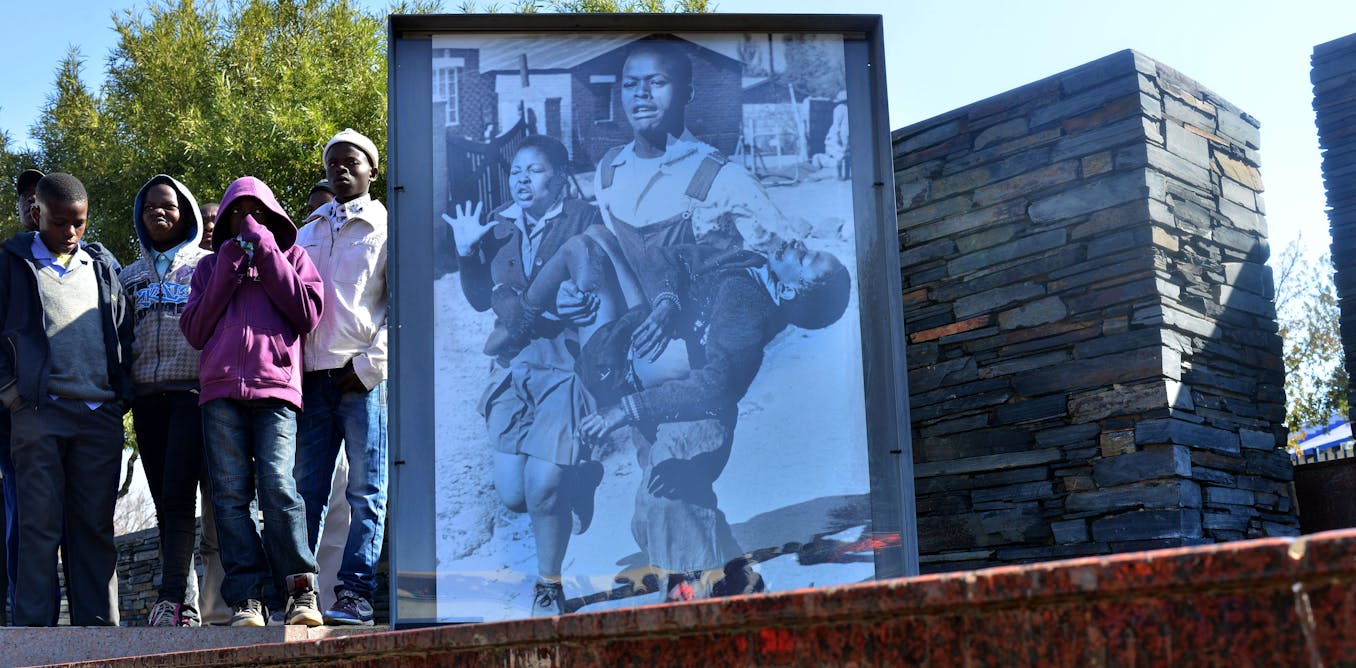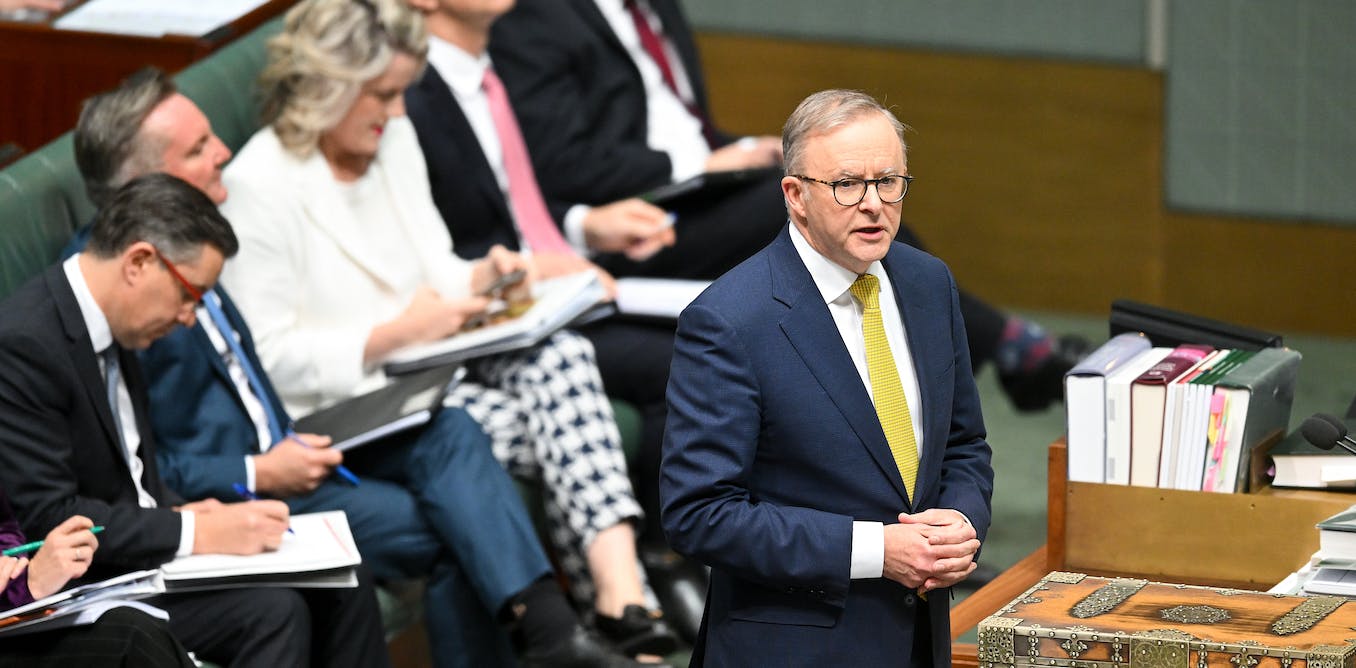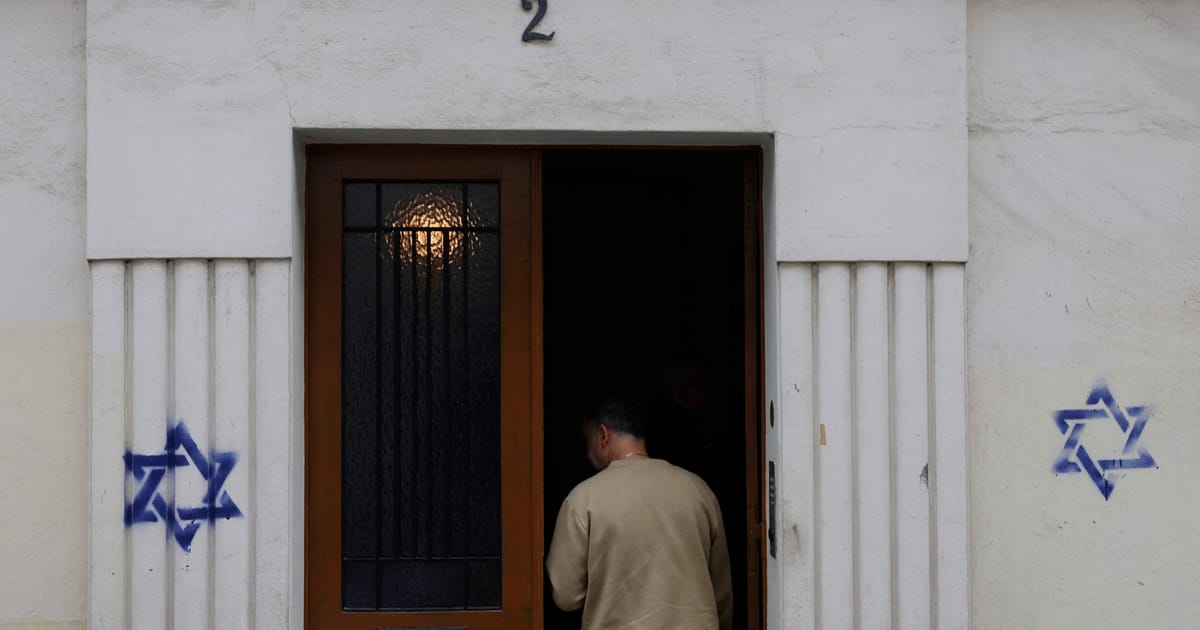Every year on 16 June, South Africa commemorates the revolt of black school children against the inferior “bantu education” system on that day in 1976. The horror of police shooting and killing unarmed children caused a global uproar. Historian Rico Devara Chapman’s research interests include a focus on the African diaspora’s historical and contemporary struggles for justice, particularly student activism in the United States and South Africa. We asked him about similarities between student revolts under the systems of apartheid in South Africa and Jim Crow in the United States.
You draw parallels between Jim Crow and apartheid. Please explain.
Apartheid was officially made policy in 1948 in South Africa, designating Africans to “bantustans”. These were the 10 undeveloped areas African people were deemed to belong in, where they could exercise nominal self-rule, separate from the minority white population.
It became mandatory for Africans to carry passbooks – identity books that controlled their movements. Apartheid also institutionalised segregation in all public places, including schools and institutions of higher learning. Though some of these measures were in place before 1948, they were extended under apartheid.
Jim Crow laws in America began as early as 1865, similarly confining African Americans to designated neighbourhoods, hospitals and schools. The name “Jim Crow” originated in the early 19th century from minstrel shows that depicted Black people as unintelligent.
Both systems were set up to keep and advance white supremacy. They are the context for Black youth resistance in both countries.
How the Jim Crow internet is pushing back against Black Lives Matter
The African youth movements in South Africa and the American South had long histories with high points and low points of participation. Both movements used tactics of non-violent direct action, non-violent direct action, civil disobedience and armed resistance.
There has been a long history of resistance to white hegemony in both countries, going beyond the liberation struggle in South Africa and the civil rights movement in America.
African youth resistance to white oppression throughout Africa had similar tactics and strategies.
How did student resistance in South Africa and the US manifest?
During the 1960s age of Jim Crow America, students from historically Black colleges and universities would conduct sit-in protests at segregated lunch counters and segregated libraries, and wade in at segregated beaches, challenging the retrogressive way of life in the American South.
They were fed up with second-class citizenship and went to jail by the hundreds to ultimately defeat the segregationists’ forces. Though challenges continued, Jim Crow segregation was legally abolished in 1964 with the enactment of the Civil Rights Act in 1964, followed by the Voting Rights Act in 1965.
In South Africa during the 1970s, students used similar tactics to break the back of apartheid. Students from high school up through tertiary education would be on the front lines fighting apartheid. The policy also designated them as second-class citizens and forced them to attend separate educational institutions.
South Africa’s epochal 1976 uprisings shouldn’t be reduced to a symbolic ritual
South African students would boycott, strike and physically fight the security forces in charge of maintaining the apartheid system. When liberation organisations such as the African National Congress and the Pan Africanist Congress of Azania were banned in 1960, and their leaders imprisoned or forced to leave the country forever, it was the youth who continued the resistance movement.
Students used the campus and took to the streets to fight for equal rights. These protests happened at different points in American and South African history yet were closely related in their core values.
Did the activists have any impact beyond student politics?
The Black Power movement in America would come to influence the Black Consciousness movement in South Africa. The South African liberation struggle shared some fundamental characteristics with the modern civil rights movement in the United States.
A number of leaders began their lifelong career as activists and movement organisers on college campuses where many of the initial struggles for social change took place. Kwame Ture (formerly Stokely Carmichael) was a lead organiser in the Student Non-Violent Coordinating Committee. He led the call for Black Power in the United States.
Why Biko’s Black Consciousness philosophy resonates with youth today
Steve Biko, founding member of the South African Students Organisation, was a leader of the ideology of Black Consciousness in South Africa.
The two movements galvanised African people throughout the world. They had similar programmes and objectives, and faced related challenges in regard to white liberal involvement.
How has student activism changed in both countries?
When liberation struggle leader Nelson Mandela was released from prison and eventually elected president of South Africa in 1994, student movements had to adjust. They now had to engage an African government around various student concerns that were now non-racial. There were student protests post-1994 that addressed tuition fee increases.
As students in the US witnessed the election of the nation’s first Black president, Barack Obama, in 2008, jubilation filled the air. However, racism in the country intensified.
The continued harassment and killing of young Black men, such as Trayvon Martin and Mike Brown, sparked young people to once again take to the streets through the #BlackLivesMatter movement developed in 2013-2014 as a response.
Economic disparities and unaffordable tuition fees prompted several months of protests by South African students under the #FeesMustFall banner in 2015-2016.
Obviously, differences existed between the two movements, as they operated in different geographical settings and differed in their socio-political developmental stages.
But the anger and rage against remnants of Jim Crow and apartheid was visible in #BlackLivesMatter and #FeesMustFall.




